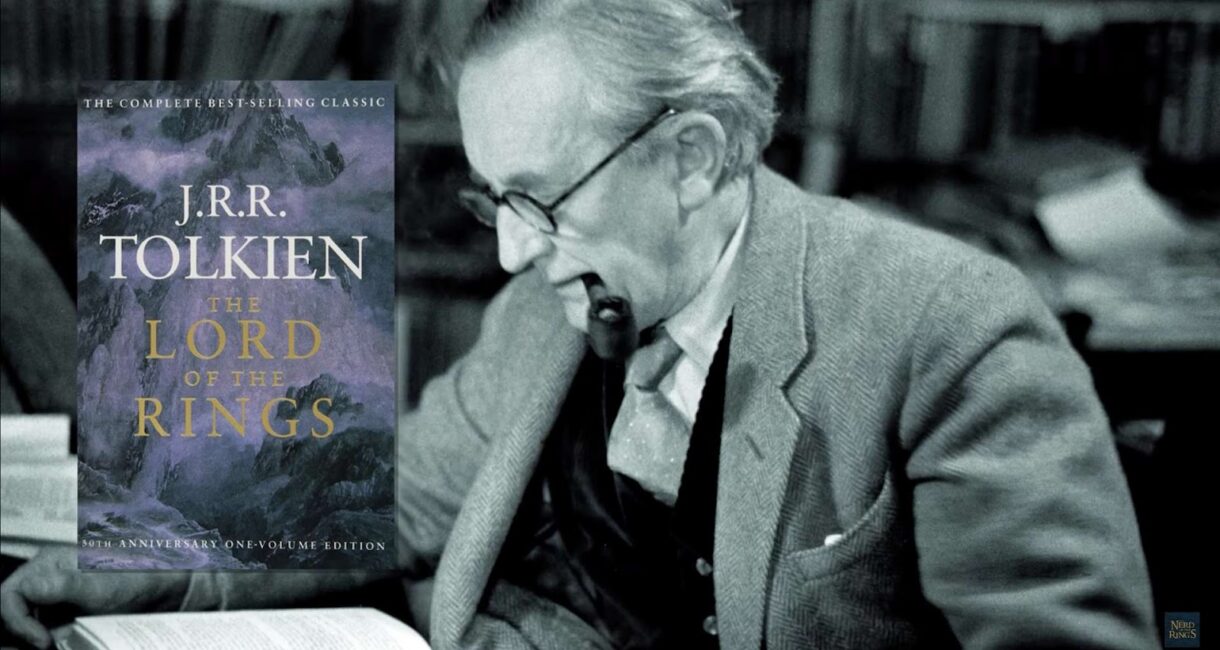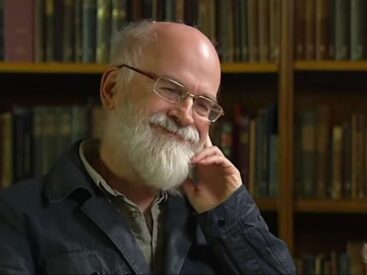If you possess a fondness for grand tales set in fantastical realms and have a penchant for cinematic journeys, it’s highly probable that you’re already acquainted with the enduring masterpiece crafted by J.R.R. Tolkien, famously known as “The Lord of the Rings.” Although the silver screen adaptations have garnered widespread acclaim and adoration, it’s imperative to acknowledge that the bedrock of this legendary narrative lies within the books themselves. Curious to know the exact number of volumes that constitute the opus? In this all-encompassing compendium, we shall embark on a detailed exploration of the diverse literary works that collectively comprise this iconic series.
Exploring Tolkien’s Masterpiece: The Lord of the Rings Trilogy
J.R.R. Tolkien’s literary masterpiece, “The Lord of the Rings” trilogy, stands as a timeless epic that has captured the hearts and minds of readers worldwide. Comprising three main books, this monumental work offers a breathtaking journey into the enchanting realm of Middle-earth. Let’s delve into the intricate tapestry of this epic saga, exploring each volume in detail.
“The Fellowship of the Ring” (1954)
The Fellowship of the Ring marks the beginning of this extraordinary odyssey. Within its pages, readers are introduced to a sprawling world of breathtaking landscapes, rich cultures, and unforgettable characters. Here’s what you can expect:
- The One Ring: At the heart of the narrative lies the perilous quest to destroy the One Ring, a malevolent artifact that holds immense power. This simple band of gold becomes the catalyst for an epic journey;
- The Fellowship: A diverse group of heroes, from the courageous Frodo Baggins to the enigmatic Gandalf the Grey, embarks on a perilous expedition. Their bond is forged in the crucible of adversity;
- Challenges Abound: Middle-earth is not just a backdrop but a character in itself. Readers encounter dark forests, ancient ruins, and treacherous mountains. The land is teeming with history and lore, adding depth to every step of the journey.
“The Two Towers” (1954)
In the second installment, The Two Towers, the narrative unfolds along two distinct paths, offering readers a panoramic view of the trials faced by our beloved characters. Here’s what to anticipate:
- Separated Journeys: The central characters find themselves scattered across Middle-earth, each facing their own unique challenges and perils. This narrative choice adds complexity and tension, propelling the story forward;
- Helm’s Deep: The book builds towards the climactic Battle of Helm’s Deep, a breathtaking siege that tests the resolve of those defending against the forces of darkness. The battle scenes are vividly portrayed, immersing readers in the heart of the conflict;
- Gollum’s Intrigue: The Two Towers also introduces the enigmatic character of Gollum, whose inner struggle and connection to the One Ring add layers of depth and intrigue to the storyline.
“The Return of the King” (1955)
The epic crescendo of the trilogy arrives in The Return of the King, where the fate of Middle-earth hangs in the balance. This concluding volume is a masterclass in storytelling:
- Final Showdown: The narrative reaches its zenith with a monumental showdown against the dark forces of Sauron. The Battle of Pelennor Fields and the ultimate confrontation at the Black Gate are unforgettable spectacles of heroism and sacrifice;
- Emotional Catharsis: Tolkien expertly weaves emotional threads throughout the book, delivering a powerful and emotionally charged conclusion. Readers will experience a range of emotions, from triumph to sorrow, as the story reaches its climax;
- Resolution: The Return of the King provides a satisfying resolution for each character, tying up loose ends and giving closure to their individual arcs. Tolkien’s attention to detail ensures that no thread is left unexamined.
Recommendations for Readers:
- Take Your Time: The depth of Tolkien’s world demands a leisurely pace. Savor the intricate details and immerse yourself fully in Middle-earth;
- Map Exploration: Consult the maps provided in the books or available online. Understanding the geography enhances the sense of journey and adventure;
- Language and Lore: Delve into the languages and lore of Middle-earth. Tolkien’s linguistic talents shine through, adding authenticity to the world he crafted;
- Read Appendices: Don’t skip the appendices. They contain valuable background information that enriches the story, such as the history of the Ring and the lineage of the characters.
Exploring Middle-earth Beyond “The Hobbit”
“The Hobbit,” published in 1937, stands as a timeless classic, and its enchanting narrative has captivated generations of readers. While not a part of the main “Lord of the Rings” trilogy, it serves as an essential prologue to the grandeur of Middle-earth. This captivating tale introduces us to the humble hobbit, Bilbo Baggins, and his epic journey to reclaim the treasure fiercely guarded by the menacing dragon, Smaug. But the world of Middle-earth doesn’t end with this tale; it’s a vast and intricately woven universe that begs for further exploration.

Unveiling Hidden Gems: J.R.R. Tolkien’s Extensive Middle-earth Works
J.R.R. Tolkien’s creative brilliance extends far beyond the pages of “The Hobbit” and “The Lord of the Rings.” His literary legacy includes a treasure trove of books, essays, and appendices that provide invaluable insights into the rich tapestry of Middle-earth. To delve deeper into this captivating universe, here are some notable works that every Tolkien enthusiast should explore:
“The Silmarillion” (1977):
- This posthumously published masterpiece unlocks the hidden depths of Middle-earth’s history, unraveling its intricate creation myth and chronicling the exploits of ancient heroes;
- Discover the epic stories of the Valar, the First Age, and the unforgettable struggle against the dark lord Morgoth;
- Gain a profound understanding of the Elves, Men, and the shaping of Middle-earth itself.
“Unfinished Tales of Númenor and Middle-earth” (1980):
- Delve into the treasure trove of unfinished and previously unpublished stories, offering further glimpses into the world Tolkien crafted with unparalleled care;
- Explore narratives like “The Quest of Erebor,” “The Disaster of the Gladden Fields,” and “Aldarion and Erendis” that enrich the lore of Middle-earth;
- Uncover the fates of key characters and regions, filling in gaps left by other works.
“The History of Middle-earth” Series:
- Comprising 12 volumes meticulously edited by Tolkien’s son, Christopher, this series provides unparalleled insight into the evolution of Middle-earth;
- Delve into drafts, notes, and essays that trace the development of languages, cultures, and geography within the world;
- Witness the genesis of beloved characters like Gandalf and Frodo through Tolkien’s handwritten musings.
These additional works not only deepen your appreciation for the complexity of Middle-earth but also showcase J.R.R. Tolkien’s dedication to creating a world that transcends the confines of any single story. They serve as essential companions to “The Hobbit” and “The Lord of the Rings,” allowing you to immerse yourself in the rich tapestry of Middle-earth’s history, cultures, and characters, ensuring that the magic of Tolkien’s universe lives on in your heart and mind. Read about the literary legacy of Charles Dickens – explore ‘How many books did Charles Dickens write‘ and delve into his prolific storytelling journey.
Conclusion
In essence, “The Lord of the Rings” trilogy encompasses three principal volumes, complemented by “The Hobbit” serving as a prelude, collectively constituting the foundational essence of this literary saga. Yet, the vast literary endeavors of J.R.R. Tolkien have yielded a treasury of supplementary content that enriches the tapestry of Middle-earth’s mythology. Consequently, whether your quest involves embarking on an enthralling odyssey or delving into the opulent annals of Tolkien’s fantastical realm, a multitude of tomes awaits to satiate your inquisitiveness and nourish your imagination.



